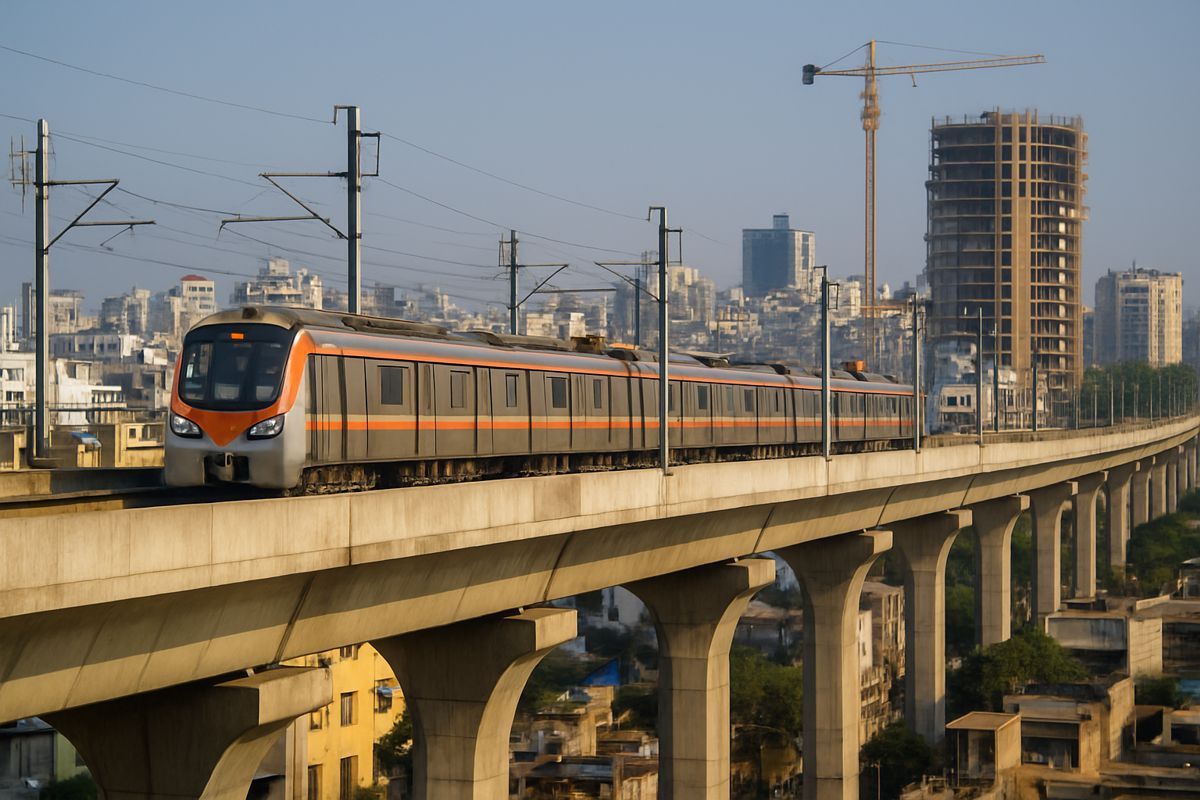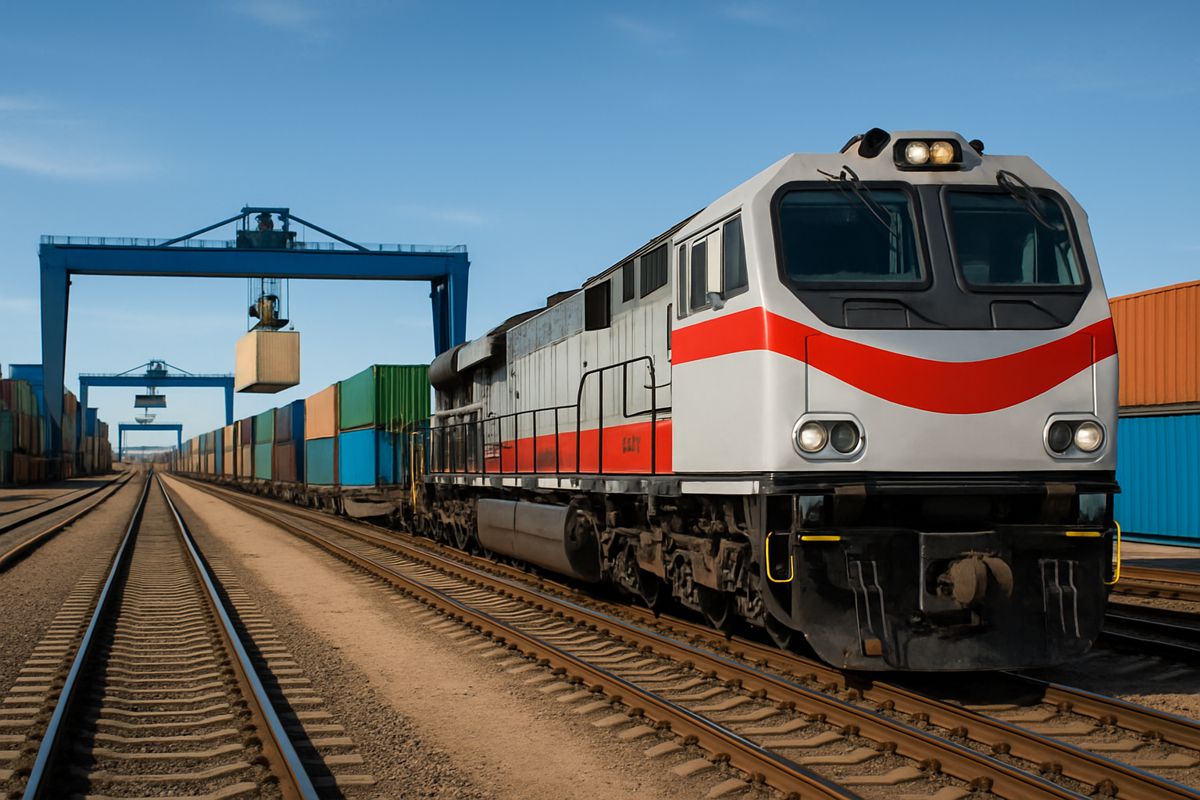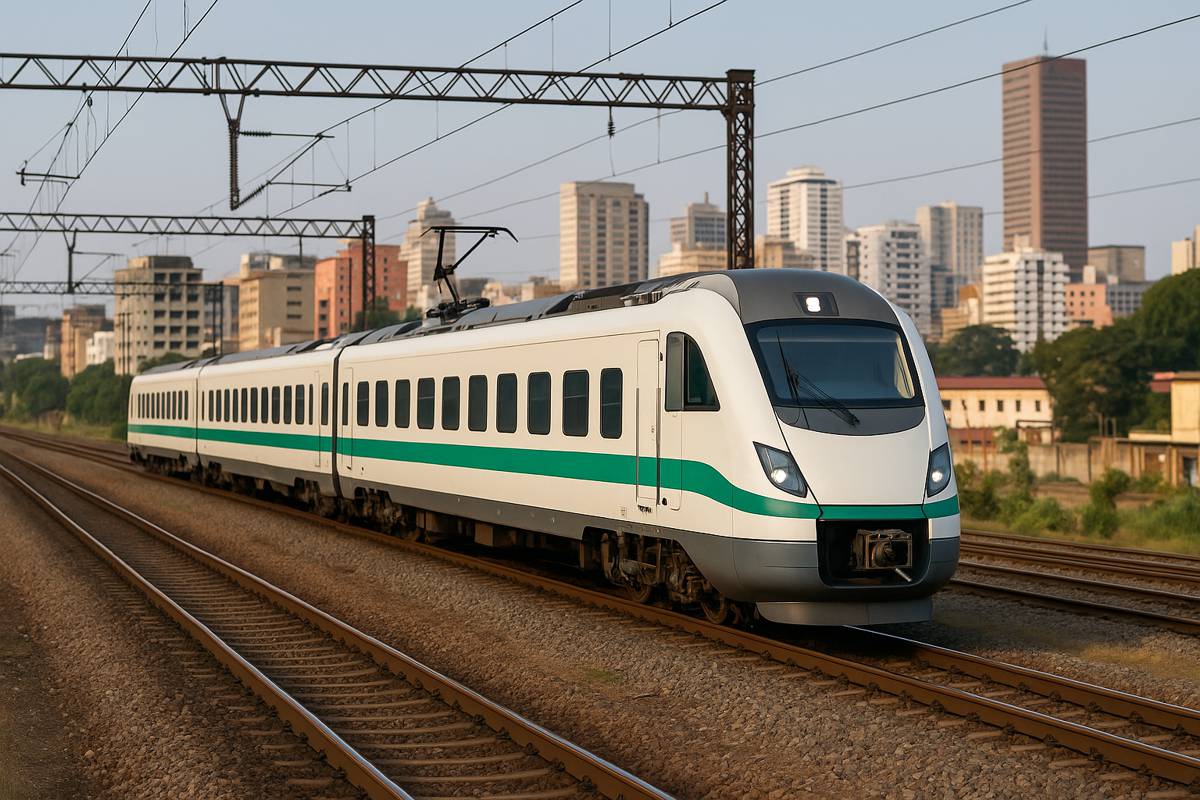Philippines NSCR railway receives $2.75b ADB financing for Malolos-Clark segment
The Philippines Government’s North-South Commuter Railway (NSCR) project, totalling 147 kilometres from New Clark City in Tarlac to Calamba in Laguna province, received a major boost with the approval of a $2.75-billion financing from the Asian Development Bank (ADB) for the construction of the Malolos-Clark railway segment of the big-ticket project.
The 53.1-kilometer passenger railway project stretching from Malolos to the Clark ecozone down to Clark International Airport in Pampanga, and which includes a 1.9-kilometre extension connecting Solis and Blumentritt in Manila, will cut travel time from Metro Manila to Clark Airport in less than one hour by rail compared to the 2-3 hour travel by bus or car.
According to the Department of Transportation (DOTr), the Malolos-Clark railway – which represents ADB’s single largest infrastructure financing ever – can serve up to 342,000 passengers daily traveling from Manila to Clark and will ease the chronic congestion on existing national and local roads in Metro Manila that are along the railway’s route. Expected for completion by 2025, the entire NSCR project can accommodate up to one million passengers daily once fully operational.
Co-financing the Malolos-Clark railway project (MCRP) with up to $2 billion for the rolling stock and the railway systems is the Japan International Cooperation Agency (JICA), which reported that as early as 2014, the economic losses to the Philippines due to road congestion in Metro Manila is estimated at $53.6 million per day, or up to $18 billion annually.
The DOTr said the MCRP is one of the government’s numerous efforts to promote inclusive growth and improve transport and logistics services to underserved areas in the country. The MCRP will provide a high standard suburban commuter rail from Malolos to Clark with the line commencing at the city of Malolos, passing through the town of Calumpit in the province of Bulacan; the towns of Apalit, Minalin, and Santo Tomas, and cities of San Fernando and Angeles and Mabalacat until the alignment reaches the Clark International Airport complex, all in Pampanga.
Aside from Pampanga, other areas in Central Luzon that will hugely benefit from the rail project include and Bulacan and cities in Metro Manila particularly Valenzuela, Caloocan and Manila due to enhanced connectivity resulting in lower transportation expenses, more productivity and lesser cost for products and goods. All these will lead to more investments which can accelerate economic growth and expansion while creating more jobs.
Among the industries that are expected to benefit from the construction of the MCRP include the real estate sector, with Central Luzon becoming more attractive to developers as property prices are expected to appreciate as a result. The tourism industry is also expected to receive a boost, with an upsurge in tourist arrivals recorded at 4.1 million in Central Luzon last year.
The government has embarked on an ambitious “Build, Build, Build” infrastructure program composed of 75 flagship projects with a total required investment of $180 billion. This is also aimed at raising public spending on infrastructure from less than 2 percent a decade ago to 7 percent of gross domestic product (GDP) by 2022.
The ADB noted that the “Build, Build, Build” program is aligned with the government’s National Spatial Strategy which seeks to “address wide income disparities across the country by connecting regions to markets and attracting more investments, generating jobs and spurring improved regional economic growth in a country that is already one of Southeast Asia’s fastest growing economies. The strategy aims to decongest Manila and cut poverty by ensuring the benefits of growth reach the marginalized.”




















